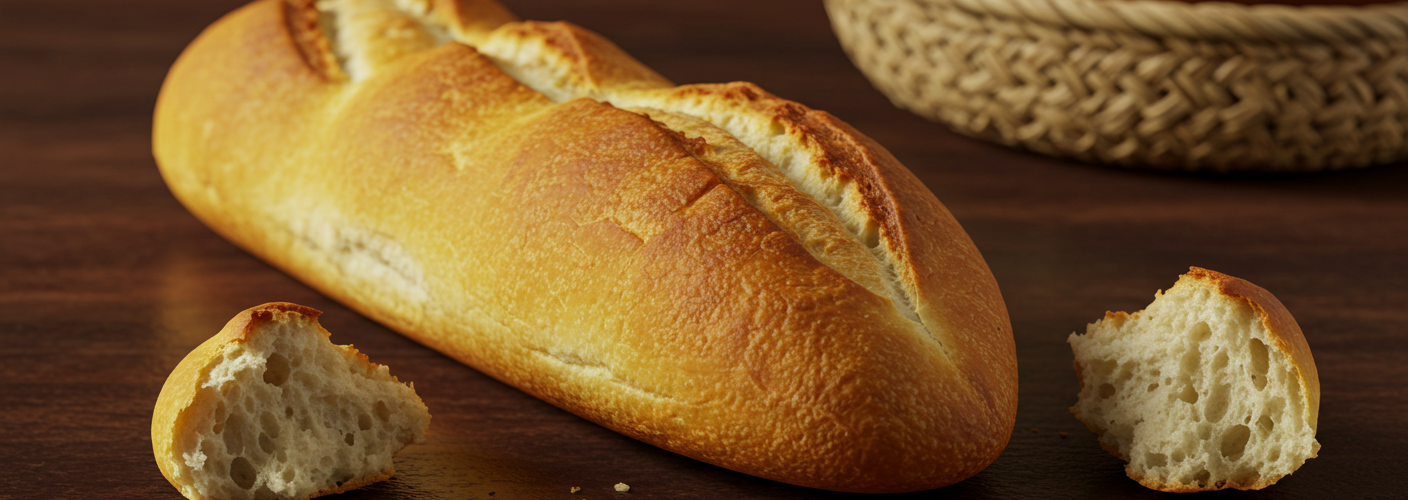When it comes to West African cuisine, Senegal stands out, not only for its rich history and culture but also for its diverse and flavorful dishes. Among these culinary gems is Tapalapa, a delightful baguette that holds a special place in Senegalese meals. This unique bread is much more than just a side dish; it is a staple that embodies the heart and soul of Senegalese dining.
The Origins of Tapalapa
Tapalapa has its roots in Senegalese culture, reflecting the influences of both traditional Senegalese cooking and French colonialism. The name “Tapalapa” itself is derived from the local Wolof language, showcasing the significance of language and culture in the creation of Senegalese dishes. Although it resembles the French baguette, Tapalapa is distinct in its preparation and flavor. It is often slightly denser and has a unique texture that makes it perfect for accompanying a variety of dishes.
How Is Tapalapa Made?
The process of making Tapalapa can vary, but it typically involves a blend of simple ingredients: flour, water, yeast, and salt. Some recipes may include additional flavors or ingredients, such as a hint of sugar or milk for a softer texture. The dough is kneaded until smooth, allowed to rise, and then shaped into long loaves before being baked to perfection. The result is a crusty exterior with a soft, airy interior—ideal for pairing with various sauces, stews, and even grilled meats.
One of the delights of Tapalapa is its versatility. It can be served warm or at room temperature, and it tends to pick up the flavors of the dishes it accompanies. Whether dipped into a spicy peanut sauce, served alongside a traditional bowl of ceebu jën (fish and rice), or enjoyed with a hearty vegetable stew, Tapalapa complements each flavor, enhancing the overall dining experience.
Serving Tapalapa
In Senegal, sharing a meal is a cherished tradition, and Tapalapa plays an essential role in bringing people together. It is often placed at the center of the table and is meant to be shared among family and friends. The bread acts not only as a filler but also as a vehicle for savoring the various components of the meal. Diners often tear off pieces of the baguette to scoop up delicious morsels of food, creating an interactive and communal dining experience.
While Tapalapa is commonly served in everyday meals, it is also present during festive occasions and celebrations. Whether it’s a wedding, a holiday, or a simple gathering, Tapalapa graces the table, symbolizing abundance and togetherness.
Bringing Tapalapa to Your Kitchen
For those looking to recreate the magic of Senegalese flavors at home, making Tapalapa is an accessible and rewarding endeavor. With just a few ingredients and some patience, anyone can enjoy fresh Tapalapa. Experimenting with different dip recipes or serving it alongside favorite dishes will surely impress family and friends.
In summary, Senegalese Tapalapa is much more than a mere baguette; it is a beloved companion to a myriad of flavors, a symbol of togetherness, and a delightful experience in every meal. Embrace the spirit of Senegalese cuisine and invite this remarkable bread into your culinary repertoire.




Add comment